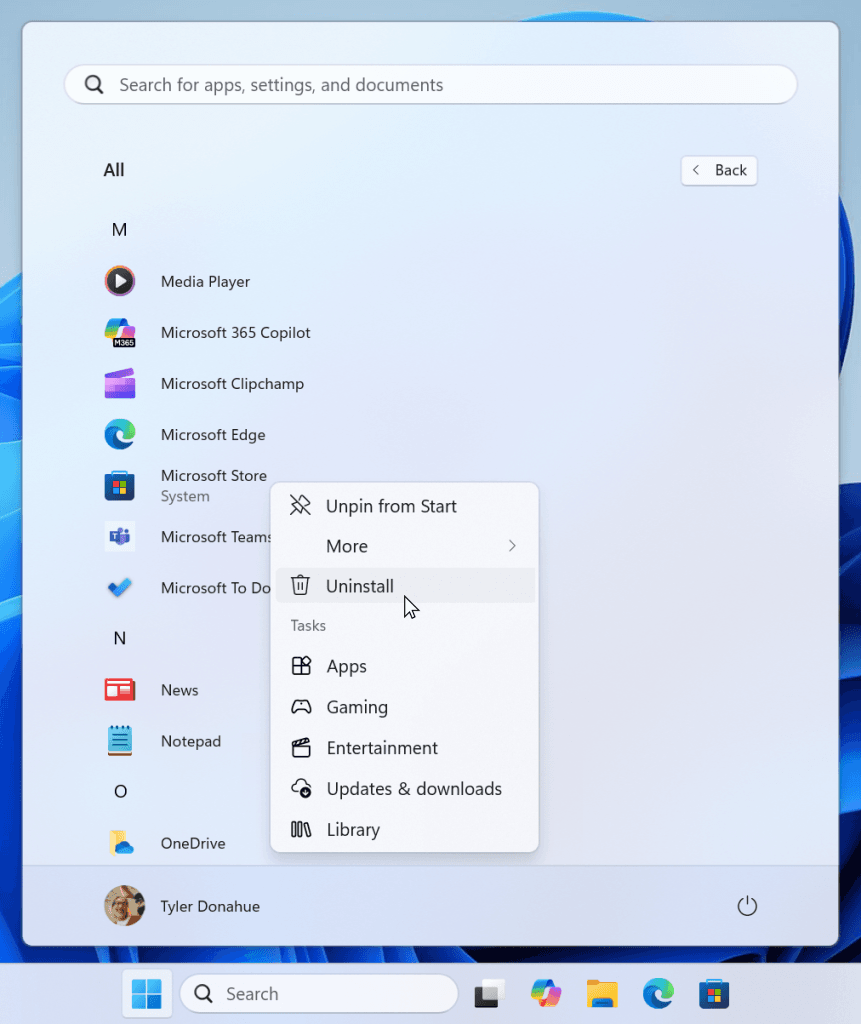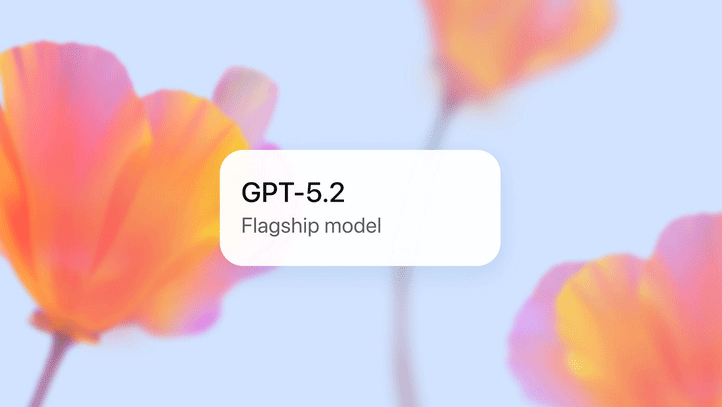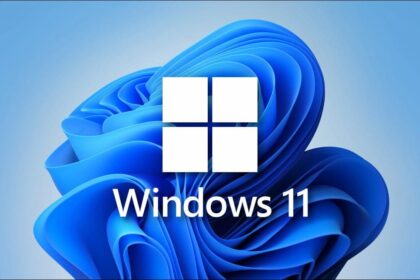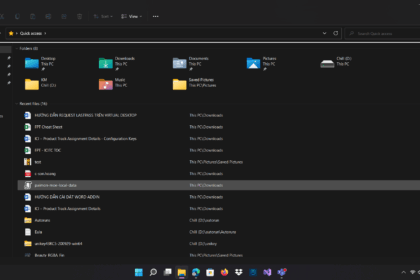Microsoft has been stepping up efforts to align its products with new rules set by European regulators. The tech giant, headquartered in Redmond, is making noticeable changes across its software to encourage more competition and give users greater control over the tools they use.
This shift isn’t just about checking boxes for compliance—it’s part of a broader move toward transparency and fairness in how digital services are built and delivered.
In this piece, we’ll walk through what’s changing in Microsoft’s operating systems, business tools, and bundled apps. We’ll also break down some of the technical terms in a straightforward way, so anyone can follow along without needing a background in IT.
Why Is Microsoft Making These Changes?
At the heart of it all is the Digital Markets Act (DMA)—a European law designed to prevent tech giants from locking users into their ecosystems. This means companies like Microsoft must offer more transparency and flexibility in how their products work.
For example, Microsoft can no longer tightly bundle all its services together in Europe the way it used to. Users need to be able to pick and choose what they want, and easily switch to competing options when they prefer.
Microsoft Updates Windows to Comply with European Regulations
Microsoft has rolled out several important changes to Windows to align with the Digital Markets Act within the European Economic Area (EEA). These updates go beyond simply following rules—they improve how Windows handles default browsers, app integration, and user control, all while continuing to strengthen system security through regular patch updates and new features in Windows Search and the Microsoft Store.
One of the key changes gives users more flexibility when setting their preferred web browser. For example, in the EEA, when a user sets a different browser as default using the “Set as default” button, Windows will now automatically assign that browser to handle a variety of link and file types—if the browser supports them. These include:
Link types:
- FTP
- HTTP
- HTTPS
- READ
File types:
- .htm
- .html
- .mht
- .mhtml
- .shtml
- .vg
- .xht
- .xhtml
- .xml
Also, when a new default browser is selected, it will be pinned to the taskbar automatically—unless the user disables this option.
Another improvement is that users in the EEA can now assign their browser of choice to open .pdf files, provided that the browser is registered to handle that format.
These changes are designed to offer a more open and tailored experience, giving users more say over how their system handles everyday tasks.

New Features in Windows Search for European Users
Microsoft has introduced some notable updates to Windows Search across the European Economic Area (EEA), aiming to give users more choice and control over their web search experience.
Now, when an app includes a web search provider, it will automatically be enabled right after installation—no extra steps required. This makes it easier to use alternative search engines alongside Microsoft’s own services.
Windows Search has also been redesigned to display results from multiple web search providers at once. Users can quickly switch between them using tabs located at the top of the search interface. It’s a more flexible and intuitive layout that helps streamline browsing.
Another helpful change: users can now reorder the list of search providers directly within the settings menu. This makes it simple to prioritize your preferred services and personalize how search works on your device.
Microsoft Now Lets You Uninstall the Microsoft Store
In a move few expected, Microsoft has made it possible to uninstall the Microsoft Store from Windows 11. This doesn’t mean system updates or app functionality will break—apps that depend on it can still receive updates safely in the background.
Essentially, it gives users more control over how they manage and download applications, including the freedom to rely solely on official websites instead of the Store.

What Else Is New in Windows 11?
Alongside this change, Microsoft has made several updates that align with regulatory requirements in the European Economic Area (EEA), particularly around browser and search engine preferences.
- Bing in Windows Search: Bing, Microsoft’s native search service, will now open search results using your chosen default browser—no more forced Edge redirects. This is already active for Windows Insider builds and will be rolled out to all users of Windows 10 and 11 in early June.
- Widgets and Lock Screen Updates: The “Start Experiences” app—responsible for widgets and lock screen feeds—will now also open web content with the selected default browser instead of locking users into Microsoft Edge. Windows 11 users will see this change take effect in June. (Note: Windows 10 doesn’t have the same widget panel, but third-party apps can still add similar features through desktop bands.)
- Edge’s Behavior Tweaked: Microsoft Edge will no longer aggressively push users to set it as the default browser unless it’s launched directly (such as by clicking its taskbar icon). This more respectful approach is available starting with version 137.0.3296.52, released on May 29, 2025.
- Uninstalling Microsoft Apps: If you uninstall Microsoft Edge or other native apps, Windows won’t prompt you to reinstall them, at least in the EEA. However, apps built as PWAs (Progressive Web Apps) and installed via the Microsoft Store using Edge’s backend will be an exception.
These changes are part of a broader rollout beginning in June across both Windows 10 and 11, giving users in Europe more flexibility and fewer software restrictions.











